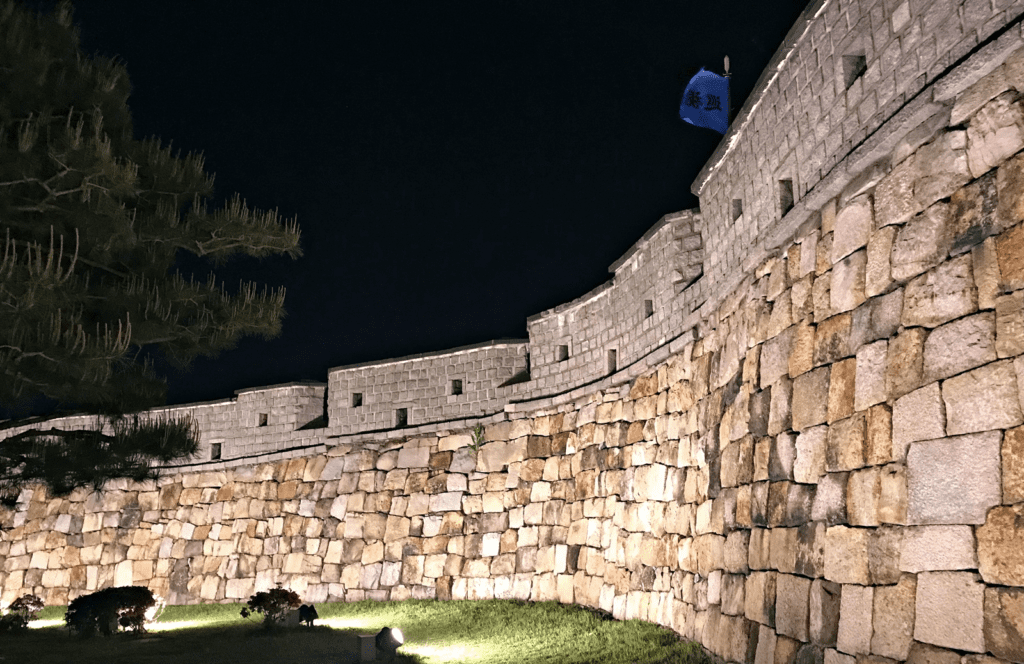Instructions
Suwon Hwaseong Fortress, a UNESCO World Heritage site, is located in Suwon, which was elevated to a Dohobu during the reign of King Taejong of Joseon. It was one of the four fortresses established to protect Hanyang (Seoul). The fortress symbolizes King Jeongjo’s love for his people and his innovative urban planning vision, continuing to be highly valued today.

Historical Background of Hwaseong’s Construction
The construction of Hwaseong Fortress was initiated by King Jeongjo’s deep sorrow and filial piety following the tragic death of his father, Crown Prince Sado. King Jeongjo moved his father’s tomb from Yangju to Suwon and embarked on building an ideal new city. This project saw the participation of the era’s greatest scholars, including Jeong Yak-yong, opening a new chapter in fortress architecture.
Architectural Features of Suwon Hwaseong
Suwon Hwaseong is considered the pinnacle of Joseon’s fortress architecture, combining the advantages of stone and earth fortresses. It was constructed with reference to Chinese and Western fortification techniques to overcome the weaknesses of Korean fortresses. Under the design of Jeong Yak-yong, advanced technologies like the crane were introduced.

Key Attractions of Suwon Hwaseong
Suwon Hwaseong hosts various historically valuable facilities, including Paldalmun Gate, Seojangdae, Namporu, and Banghwasuryujeong. The fortress walls surrounding Paldalsan Mountain offer visitors a journey back to the Joseon Dynasty. The annual Suwon Hwaseong Cultural Festival in autumn provides a closer experience of traditional culture.

Tips for Visitors
If you plan to visit Suwon Hwaseong Fortress, consider a tour that includes Hwaseong Haenggung Palace. The walking path along the fortress walls is also highly recommended for its suitability for walking and for experiencing the beauty of Suwon Hwaseong more intimately.

Interesting read! The focus on quick account setup (under a minute!) with funbingo bet login is smart for the Philippine market. KYC is crucial, and instant deposits are a big plus for player experience. 👍
G’day mates! 11betapp sounds convenient. Hoping for smooth mobile experience. See ya on the app, possibly as wealthy individuals! Check it out!11betapp
That’s a great point about accessibility in shooting games – often overlooked! Seeing platforms like x777 live com prioritize easy app downloads (even APK options!) shows they’re thinking about user experience too. It’s all about lowering the barrier to entry, right? 👍
K88bet, alright! Time to test your waters. Looking for smooth navigation and quick withdrawals. Hoping they have a decent loyalty program, too! Gonna give them a try: k88bet
Tried 9kbossbet out of curiosity, and I’ve gotta say their promotional stuff seems pretty good. Worth checking out their offers at least: 9kbossbet